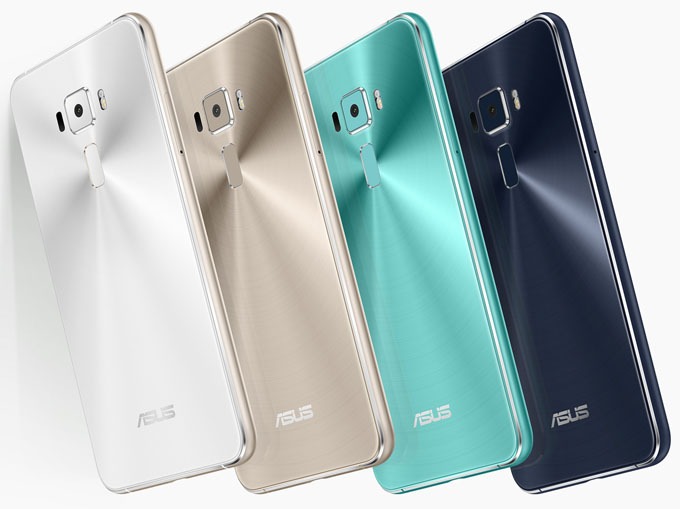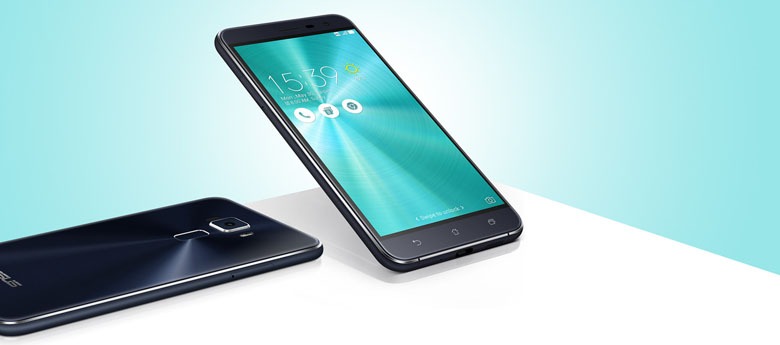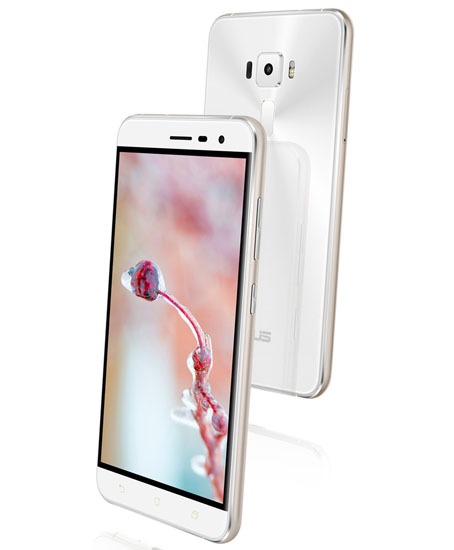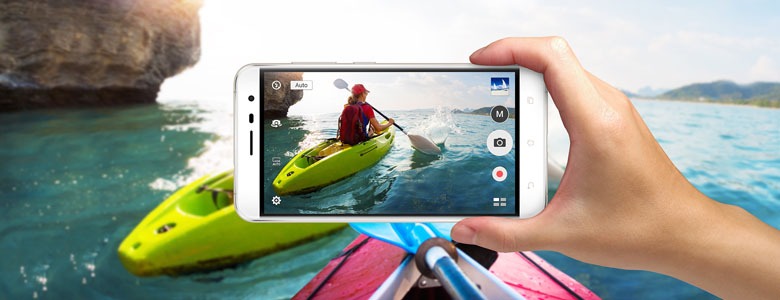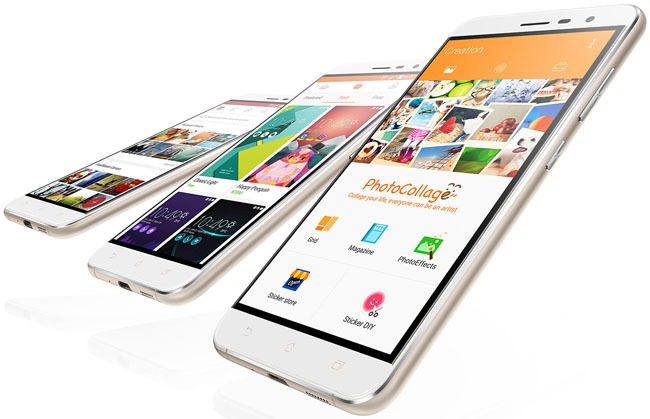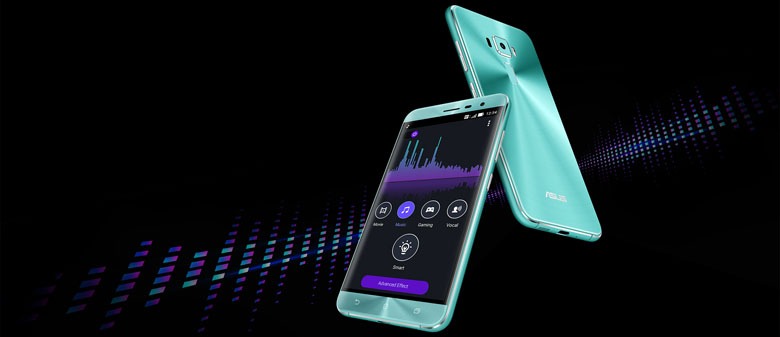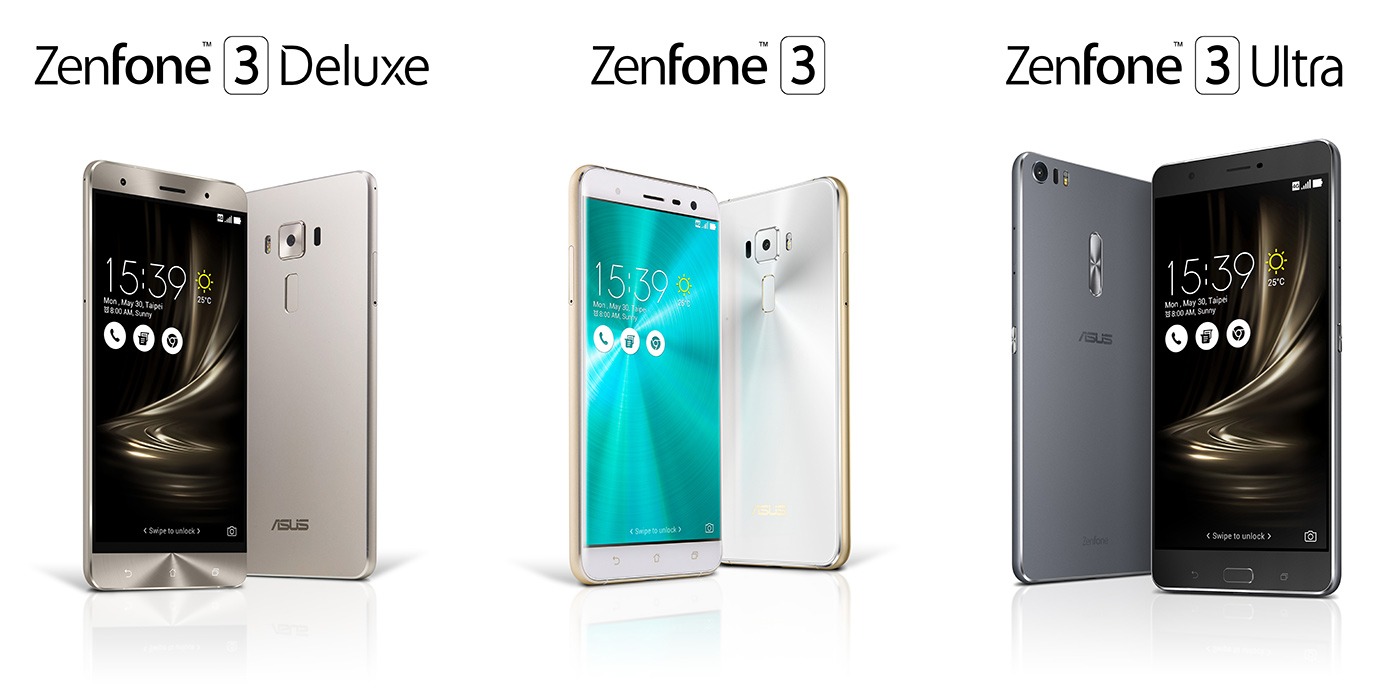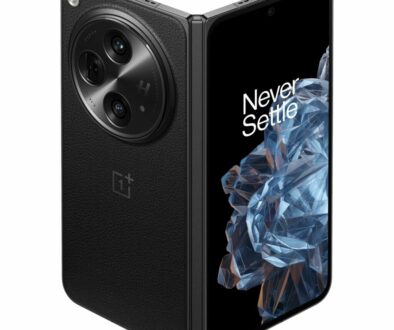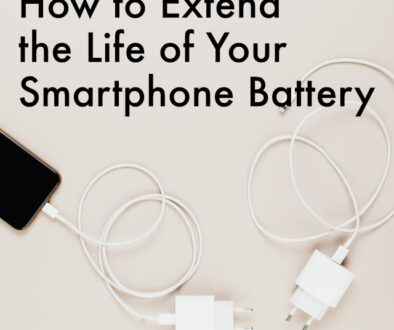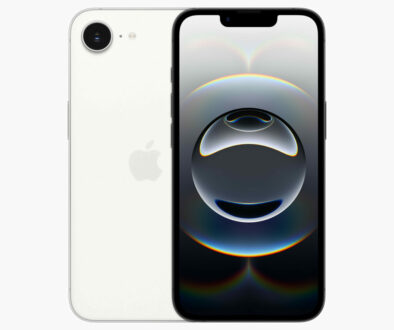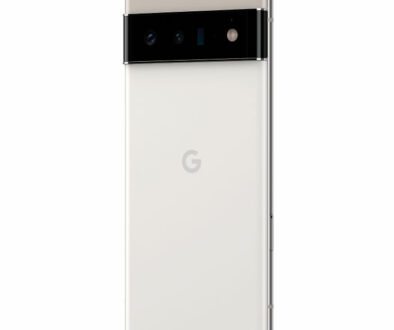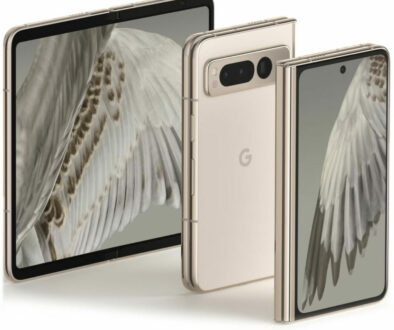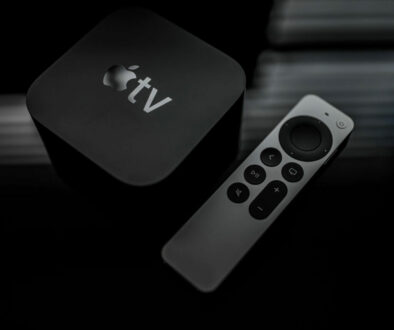ASUS ZenFone 3 the affordable Phablet – how does it compare with the big boys
The new generation ASUS ZenFone 3 comes in 3 variants; the ZenFone 3, ZenFone 3 Deluxe and ZenFone 3 Ultra. The cheapest among them is the standard variant, the ZenFone 3. Jam-packed with features if you are in the market for a big screen smartphone, the ZenFone 3 is up your street.
Top 5 Things You Need to Know about the ASUS ZenFone 3
Unlike the ZenFone 2 and ZenFone 2 Laser it replaces, the ZenFone 3 variants only comes in one display size each. The entry level ZenFone 3 has a 5.5-inch screen. However, you are not missing much given the next size up is 5.7-inch (ZenFone 3 Deluxe) and following that is wildly out of the smartphone or even phablets league at a whooping 6.8-inch (ZenFone 3 Ultra). 5.5-inch after all is still a big display. Other premium phablets with 5.5-inch display are Samsung Galaxy S7 edge, Apple iPhone 6S Plus and Sony Xperia Z5 Premium.
We compare the ZenFone 3 with iPhone 6S Plus, Galaxy S7 Edge and Z5 Premium.
1. Build Quality & Design
The ZenFone 3 has build quality comparable to smartphones from big names such as Apple, Samsung, HTC, LG and Sony. It is made with precision-sculptured glass on the front and back, similar to earlier smartphones from Sony sandwiching a metal frame. As part of the trio of flagship smartphones from ASUS, it caters to those who wants a reliable smartphone but not wishing to burn all their savings doing that.
The precision-sculptured glasses on both front and rear are made from 2.5D contoured Corning Gorilla Glass with 0.18mm diamond-cut bevel around the edge on either side. The two sheets of strong glass is held together with an all-metal frame. This is similar to the glass edge effect on iPhone 6S Plus, leveling the playing field. The metal frame has an added diamond-cut chamfer giving it a multi-dimensional design and premium chrome accent on either side. With all that glass and metal the unit still manages a 7.69mm thin. Compare this to the iPhone 6S Plus at 7.3mm and Galaxy S7 Edge at 7.7mm.
Breaking away from the standard Silver, Gray, Black and Rose Gold, the ZenFone 3 is available in found different striking colours; the Moonlight White, Shimmer Gold, Aqua Blue and Sapphire Black.
2. Display
The only thing it lags behind is the resolution of its displays but that is not a bad thing. All three ZenFone 3 variants come only with Full HD resolution display. That’s 1080p definition with 1920 x 1080 pixels which is hardly anything these days. Having said that, while Sony has gone 4K (2160 x 3840 pixels) with their display on the Z5 Premium, Samsung’s Galaxy S7 Edge and LG G5 spot displays a 1440 x 2560 pixels, Apple on the other hand stayed with Full HD too. That’s right, even when you pay top money for the Apple’s flagship, the iPhone 6S Plus is only still 1920 x 1080 pixels.
We can safely say that while it does not have super high resolution, and it does not have Super AMOLED technology like its bigger siblings, the ASUS ZenFone 3’s Super IPS+ display offers plenty of brightness and contrast great for use indoor and outdoor. It fires up 400nits of brightness and has an ultra wide 178 degrees viewing angle. To top it off, it comes with a Bluelight Filter for better eye care. The screen also has an oleophobic coating for fingerprint and smudge-resistance and it supports glove touch. The only niggle is that there is a visibly wide black border around the edges of the display. This is significantly smaller on the iPhone 6S Plus and almost invisible on the Galaxy S7 edge.
3. Size and Dimensions
The screen-to-body ratio while not as high as the Deluxe or Ultra variant, is still only 77.3%. The higher the screen-to-body ratio the better the design, given that things are going that way with edge to edge screen such as the Samsung Galaxy S7 edge. The aim one day is to design a 100% screen to body ratio, all round edgeless device, with displays that cover the entire front surface of the phone. That one day will come. Still, it’s really not bad for a phone with a 5.5-inch display to have 77.3%. iPhone 6S’s figure is 67.7% while Galaxy S7 edge is highest at 76.1%. It achieves this with ultra slim bezels measuring only 2.1mm giving and small top and bottom bezel. For footprint, the ZenFone 3 mesures 152.59 x 77.38 x 7.69 mm. To give you an idea of size, the Galaxy S7 Edge measures 150.9 x 72.6 x 7.7 mm [SMALLEST], iPhone 6S measures 158.2 x 77.9 x 7.3 mm [BIGGEST], while the Z5 premium measures 154.4 x 75.8 x 7.8 mm. Galaxy S7 Edge is the only smartphone smaller than the ZenFone 3 in our comparison, making the ZenFone 3 pretty small.
4. Mobile Photography
Photography on smartphones is all the rage these days. The 16MP main camera captures 4K video, has a large f/2.0 aperture lense, uses subject-tracking TriTech auto-focus and does it ultra fast in just 0.03 seconds. 16MP is plenty for casual use. If you look at the iPhone 6s Plus and Galaxy S7 edge, these flagships only come with 12MP cameras. To go against the Z5 Premium’s 23MP camera, one would have to go with the Deluxe or Ultra edition.
With Sony’s 16-megapixel IMX298 sensor also used on the Xiaomi Mi 5, Huawei Mate 8, Vivo Xplay5 and Oppo R9 Plus) you get f/2.0 aperture lens arrangement, second-gen laser autofocus, phase detection autofocus, color-correction RGB sensor, dual-tone LED flash, 4-axis optical stabilization for stills and 3-axis electronic stabilization for video.
The instant focus is continuous and includes phase detection. To top that off, it uses both 4-axis 8-direction optical (OIS) and 3-axis, 4-direction electronic image stabilisation (EIS) for blur-free stills and video respectively. PixelMaster 3.0 software makes colour adjustments for true colour photography. Another feature that mobile photographers will appreciate is the Deep Trench Isolation technology. This prevents photos of light from leaking from one pixel on the sensor to another for better details. Together with the colour correction sensor, it makes photos look natural. Switch it up to 4x Super Resolution mode and you can create extremely detailed photo at 64MP. It also offers Real-time HDR, with no delay in shooting so you capture HDR photo as you frame it.
The front-facing camera is now an 8-megapixel camera with an 85-degree wide view, and the usual beautification features also available in previous ZenFone 2 and Zenfone 2 Laser. This is perfect for all selfie addicts out there. All three flagships in our comparsion has 5MP front cameras.
5. Performance
In the power front, the ZenFone 3 is powered by 14nm process Snapdragon S625 64-bit octa-core processor clocking at 2.0GHz paired with ample 4GB RAM memory and Adreno 506 GPU offering desktop like graphics and performance. Now, this is no where near the Apple’s A9 chip with PowerVR GT7600 six-core graphics or Samsung’s Snapdragon 820 or Exynos 8890 Octa or Sony’s Snapdragon 810 but it is plenty for most people. It is after all an entry flagship if you compare it with the ZenFone 3 Deluxe and ZenFone 3 Ultra. Still the mid-range Snapdragon S625 with its eight Cortex-A53 cores whizzing at 2.0GHz is enough to take on anything you can possibly throw at it.
In terms of memory, the ZenFone 3’s 4GB RAM is on par with Galaxy S7 edge, while Xperia Z5 Premium only has 3GB RAM and iPhone 6S Plus has 2GB RAM. It’s only with ZenFone 3 Ultra that you get 6GB RAM knocking some of the mainstream flagship off the grandstand. For storage, it starts with 32GB with a bigger 64GB available. There is also a second SIM slot that doubles as microSD card reader that can take up to 128GB extra storage.
The processor is 35% more efficient and offers 4G Cat 6 LTE connectivity supporting speed up to 300Mbps. It also adopts the new reversible USB-C port. Another upgrade is, it now has a rear fingerprint scanner, position naturally where you would hold the phone. You can use this to unlock the phone in a fraction of a second. In the sound department, the smartphone is SonicMaster and High-Res Audio certified offering studio-grade 24-bit/192kHz playback, 4 x better than CD quality straight from the stereo socket. Although, to enjoy High-Res audio you will need a pair of super sensitive ears and compatible headphone. It uses 5-magnet speakers with metal voice coil and expansive sound chamber to pump out the high quality and powerful sound. Lastly, it is worth mentioning on this and other ZenFone 3 is the new ZenUI 3.0 skin. There are apps that plug gaps in the vanilla version, improving the standard interface and improve productivity.
Finally, to make sure that there is enough juice to power you through the day and more, the ZenFone 3 has a fairly big batter at 3000mAh. It is the smaller in comparison to Galaxy S7 edge’s 3600mAh or Xperia Z5 premium’s 3430mAh but bigger than iPhone 6S Plus’s 2750mAh.
During the launch at Computex in May 2016, the prices of Asus ZenFone 3 was revealed at USD249. The ZenFone 3 Deluxe is priced at $499 while the ZenFone 3 Ultra will cost $479. Whichever one you choose these prices are no where near the price of flagships from Sony, Samsung or Apple.
We leave you with the full specification of the phone here:
Specifications
- Processor:
CPU: 64-bit Qualcomm® Octa-Core ProcessorSnapdragon™ 625 @2.0Ghz
GPU: Adreno™ 506 - Display: 5.5-inch FHD(1920×1080) IPS display, 400nits brightness, Bluelight Filter for Eye Care, Corning® Gorilla® Glass2.5D contoured, 178˚wide-viewing angle
Touch: 10-finger capacitive touch, Fingerprint and smudge-resistant oleophobic coating, Support glove touch
- Memory: RAM 3GB / 4GB LPDDR3
- Capacity:
Internal Storage: eMCP32GB/ 64GB
Micro SD: Micro SD Card up to 128 GB Google Drive: 100GB free space (2 years) - Battery: 3000mAh (non-removable)
- Audio:
Speaker: 5 magnet speaker for up to 40% better performance, ASUS SonicMaster 3.0Mic:Dual internal mic with ASUS NoiseZero Talk Technology
FM Receiver: FM Radio - Video: Take still photo while recording video, 4K video recording, 3-axis Electronic Image Stabilization for shake-free videos
- Wireless Technology: 802.11a/b/g/n/ac, Bluetooth V 4.2 , Wi-Fi direct
- Navigation: GPS/A-GPS/GLONASS/BDSS
- SIM Cards: Dual SIM card
SIM 1: 2G/3G/4G Micro SIM Card
SIM 2: 2G/3G/4G Nano SIM Card
Dual SIM Dual Standby, Only use the nano SIM card or the microSD card at a time
Both SIM card slots support 3G WCDMA/ 4G LTE network band. But only one SIM card can connect to 3G WCDMA/ 4G LTE service at a time. - Network Standard
UMTS/WCDMA/TD-SCDMA/LTE/TDD-LTE/FDD-LTE
Data Rate:
HSPA+: UL 5.76 / DL 5.76 Mbps
DC-HSPA+: UL 5.76 / DL 42 Mbps
LTE Cat4:UL 50 / DL 150 Mbps (WW version)
LTE Cat6/7:UL 50 / DL 300 Mbps (TW/JP/HK version)
2G: 850/900/1800/1900 - Sensor: Accelerator/E-Compass/Gyroscope/Proximity sensor/Hall sensor/Ambient light sensor/RGB sensor/IR sensor/Fingerprint
- I/O Ports: Type C 2.0, 3.5mm audio jack(1 Head phone / Mic-in)
- Camera
Front: 8MP Camera , f/2.0 aperture, Fix Focus
PixelMaster Camera Modes: Back Light (HDR) Mode, Low Light Mode, Real Time Beautification Mode, GIF Animation Mode, Panorama Selfie Mode
Rear: 16MP Camera, f/2.0 aperture, 6 P Largan lens, Auto Focus, 0.03 second laser auto-focus, 32 second long exposure, 4-axis, 4 stops Optical Image Stabilization for steady photos, Dual-LED real tone flash
PixelMaster Camera Modes: Back Light (HDR) Mode, Low Light Mode, Manual Mode (for DSLR-like camera detail settings), Real Time Beautification Mode, Super Resolution Mode (for up to 4X resolution photos), Night Mode, Depth of Field Mode, Photo Effect Mode, Selfie Panorama, Selfie Mode, GIF Animation Mode, Panorama Selfie Mode, Miniature Mode, Time Rewind Mode, Smart Remove Mode, All Smiles Mode, Slow Motion Mode, Time Lapse Mode - User Interface: ASUS ZenUI 3.0
- Finish/Color: Glass finish : Sapphire Black/Moonlight White/Shimmer Gold
- Dimensions: 152.59 x 77.38 x 7.69
- Weight: 155 g
- Operating System: Android™ 6.0


